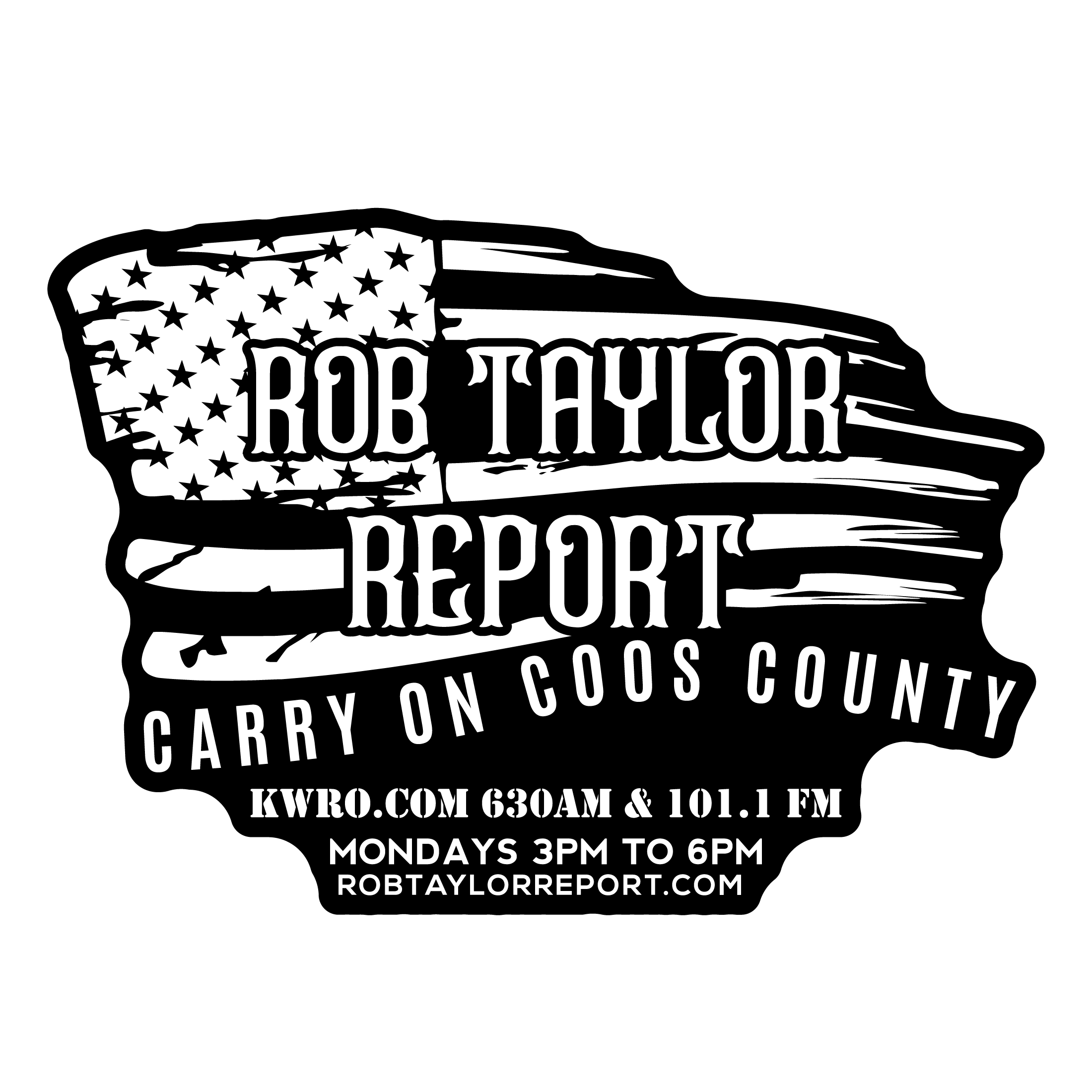Brian Mayo Executive Director of the Oregon State Pharmacy Association Discussing Pharmacy Closures & Rising Drug Prices 5:08 PM Monday November 14, 2022 on KWRO
Brian Mayo is Executive Director of the Oregon State Pharmacy Association (OSPA). The OSPA was founded in 1889 as a professional trade association representing its member community of pharmacists, pharmacy technicians, pharmacy students and others who have an interest in advancing the practice of pharmacy through advocacy and education, and thereby improving the health of our fellow Oregonians.
A report just released by the Oregon State Pharmacy Association (OSPA) is revealing new details about what’s leading to the closure of pharmacies across the state and skyrocketing prescription drug prices.
The report shows how Pharmacy Benefit Managers (PBMs) are taking advantage of pharmacies while charging Medicare and Medicaid astronomical prices; in one case, more than eight times the original asking price. PBMs are middlemen companies between drug manufacturers and patients’ health plans that were originally meant to control drug costs and accessibility, but are now driving up the cost of your prescription drugs.
New Study: Inequity in Drug Pricing Practices in Oregon Raises Serious Questions
Patients, Pharmacists and Provides Statewide are Disadvantaged by Inequitable and Worsening Pharmacy Benefit Manager Business Model
***Oregon State Pharmacy Association Executive Director, and Leading Expert on Drug Pricing, Available for TV & Radio Interviews***
WHAT: – The Oregon State Pharmacy Association (OSPA), in collaboration with 3 Axis Advisors, released a report that illustrates the worrying tactics that Pharmacy Benefit Managers (PBMs) – middlemen health insurance companies – employ to increase their profits at the expense of local pharmacies, taxpayers and patients. The study, Understanding Pharmacy Reimbursement Trends in Oregon, found that PBMs are reimbursing pharmacies at wildly different rates while at times charging Medicare and Medicaid astronomical prices.
One particularly troubling example detailed in the report shows that the state Medicaid program, which provides health care coverage to low-income Oregonians, was made to pay more than eight times the manufacturer’s asking price for a generic multiple sclerosis drug. If the payment was instead based on the manufacturer’s list price ($350) instead of what PBMs charged Medicaid on average ($2,928), the state could have saved approximately $1.9 million on this one drug alone.
Key findings of the report:
Significant disparities exist in reimbursement between the pharmacies in the study and the broader retail pharmacy market in Oregon, particularly in already disadvantaged communities.
Among the three broadly different payer types – Medicaid, Medicare and Commercial – PBMs operating in each of the segments are setting different incentives for pharmacies. For example, PBM reimbursements for the Oregon Medicaid Coordinated Care Organization program were associated with the lowest margins for pharmacies, creating incentives that may drive providers away from underserved communities.
On a per-100 prescription basis, PBM reimbursement for the majority of claims (75 out of 100) dispensed at a typical retail Oregon pharmacy (as represented by those in the study) were insufficient to cover the pharmacy labor and drug costs.
The PBM incentives embedded in the current system appear to reward and encourage higher drug prices at pharmacies, resulting in higher out-of-pocket costs for patients who obtain their medications through cost sharing or without insurance coverage at all.


